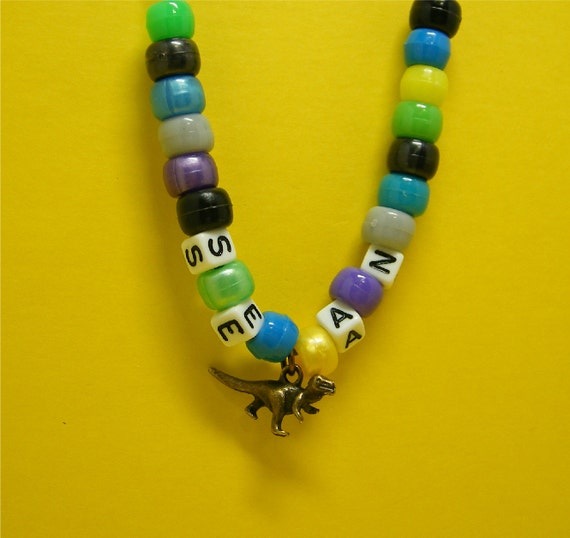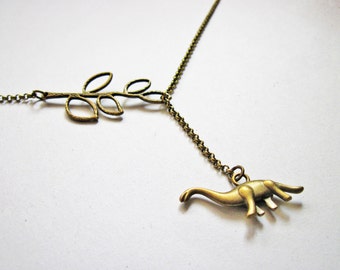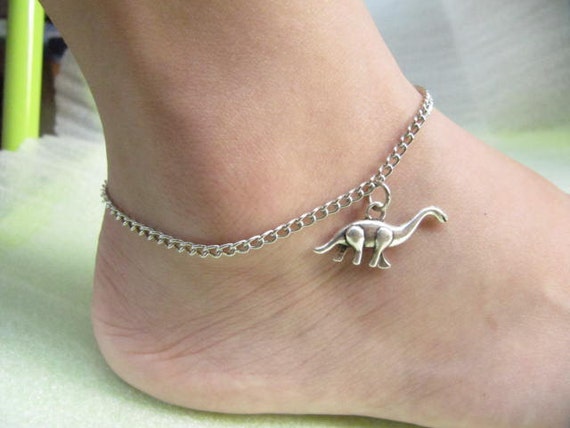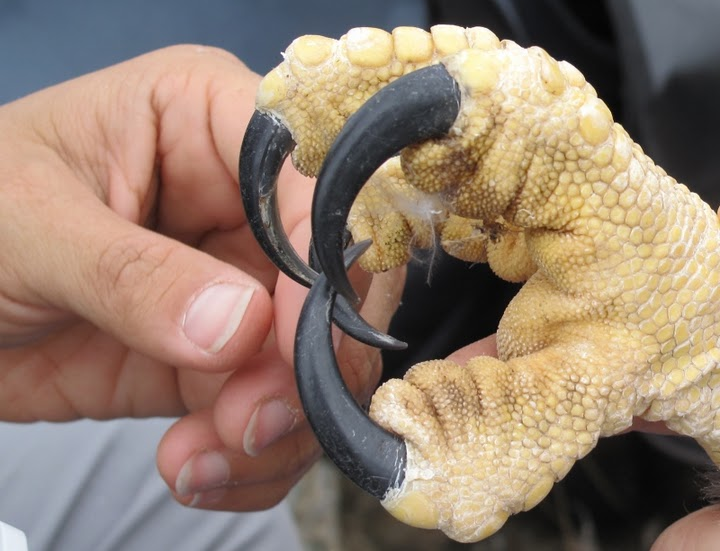You may already know that cats and dinosaurs are my two favorite subjects. The Onion's AV Club recently highlighted a unique twist to a famous Jurassic Park scene. What if, in those suspenseful what the moments in which raptors hunt Lex and Tim in the compound's kitchen, the beasts were replaced by cats.
Yes. Cats.
Giant cats on the hunt for our two young protags, left for dead in the bowels of the most dangerous theme park in history.
It manages to be both adorable and terrifying.
15 March 2014
09 March 2014
Dressing up with Dinos
In 2013, the Field Museum of Natural History opened the limited-time-only
Caves of Lascaux exhibit
– a life-sized, interactive reconstruction of the Paleolithic art discovered in winding caverns near the French town of Montignac in 1940. In the 70 years since
this site was stumbled upon, we modern humans have obsessed over this discovery
– so much so that the original caves were closed to visitors after extreme
crowds damaged the estimated 17,000 year-old paintings.
The paintings are beautiful, but the draw of the site comes from something more complex than mere beauty. Trying to comprehend that our ancient
ancestors created art, and trying to answer the eternal question of why they did so. The caves are home to layers and layers of
animal images including bison, equine, birds, cattle and felines. Did these early humans want
to tell stories, communicate with the gods, or record information for future
generations? How much like us were they?
For as long as humans have been creating art, we have been
creating art that depicts animals, emphasizing important relationships
between species. We can imagine that the
men and women of Lascaux painted animals they feared, hunted, or worshipped –
but we’ll never know. We do know that modern humans continue to represent animals
that intrigue and fascinate us in all facets of art, including traditional art, clothing and tattoos. We see images of Big cats, birds and, as this blog aims to highlight - dinosaurs. The dinosaur even has a special place in
modern jewelry. In fact, a quick Google
result for “Dinosaur Jewelry” reveals about 5,940,000 results. Almost 6 million hits for jewelry depicting
dinosaurs. Skimming these hits shows that although some of these pieces are for kids:
The customers of these many online retailers cannot only be
paleontologists, amateur dinophiles, and Ms. Frizzle . Regular people must be also purchasing dinosaur themed accessories.
Why do regular folks desire dinosaur jewelry? Do the ancient secrets of
dinosaurs evoke some kind of sexy aura of mystery? Is the diminutive size of
these shrunken dinos just too adorable to resist?
Is being into dinosaurs suddenly hip? Man, I hope that's it.
06 March 2014
Slowly, the Cassowary Becomes a Dinosaur
Dinosaur-as-bird is a concept that I grew up with. I never had to be convinced of the truth of this theory, however I remember the first time I was blown away by the similarities between our feathery friends and the giants found in my research. For an article I was working on, I spent the day with Washington DC's local dinosaur expert, Dr. Peter Kranz at the family dinosaur camp he runs there. Kranz also heads a non-profit called the Dinosaur Fund and generally is the Dino-dude of the district. I described that initial come-to-raptor moment, experienced under the tutelage of Dr. Kranz, like this:
"The first stop on the zoo tour today is the Bird House, where Kranz takes the group quickly from bird to bird pointing out characteristics that demonstrate the bird’s connection with dinosaurs. If you look at the scaly legs and firm crested brow of New Zealand’s native Cassowary for long enough with Dr. Peter Kranz, the world around you shifts and you start to see a living, breathing dinosaur. You start to see how dinosaurs maybe moved like birds, had feet and claws like birds, maybe made sounds like birds. If you look too long, though, you may realize Kranz has moved along to the next bird, leaving you behind." (I'll post the rest of this piece in the blog for us all to learn about Dinosaur Camp).I never looked at a bird the same way again (yes, that means I'm terrified of them). My favorite website, io9, recently posted an image that gave me another one of these moments. Although I know bird morphology phylogeny shout DINOSAUR, it is just not that often that I see the evidence this close:
That is the inspire-your-imagination and invade-your-nightmares claw of a Harpy Eagle. The witty commentators on the original post have a few other claws and paws to compare and share, too, so scroll down and join the conversation.
Remember that moment in Jurassic Park where Dr. Grant scares the hell out of the kid who doesn't understand the power of those clever girls? It wouldn't have been so hard to understand if that kid had ever come in contact with the Harpy.
17 February 2014
Dinosaurs Become Birds in Kenosha, Wisconsin
At the entrance of the Field Museum of Natural History, the jaw of the first time visitor drops. Her eyes move over the heads the crowds, engrossed in awe -- the white marble interior, the Fighting African Elephants and the overwhelming power of Sue's Tyrannasaur jaws. With the spectaular sight of Stanley Field Hall, it's a wonder folks ever make it to the rest of the exhibits.
.JPG) A first impression can be deceiving, however. This is especially true in the case of the Dinosaur Discovery Museum in Kenosha, Wisconsin. Under the leadership of Carthage College paleontologist Dr. Thomas Carr, the tiny foyer of this space is the portal to a museum with a serious and specific mission -- to research and promote the relationship between dinosaurs and modern birds. The compact space, which houses the largest cast collection of Theropod dinosaurs in the North America, also contains the only gallery dedicated to the evolution of dinosaurs into birds.
A first impression can be deceiving, however. This is especially true in the case of the Dinosaur Discovery Museum in Kenosha, Wisconsin. Under the leadership of Carthage College paleontologist Dr. Thomas Carr, the tiny foyer of this space is the portal to a museum with a serious and specific mission -- to research and promote the relationship between dinosaurs and modern birds. The compact space, which houses the largest cast collection of Theropod dinosaurs in the North America, also contains the only gallery dedicated to the evolution of dinosaurs into birds.
This past weekend, the museum held a series of lectures and small exhibits for an event called "Darwin Day," a celebration of the birth of the famous naturalist. Lectures from local experts focussing on evolution (Dr. Greg Mayer), Darwin's life and legacy (Dr. Summer Ostrowski) and the evolution of birds (Dr. Thomas Carr) enlightened visitors of all ages, including me and my friends.
For my first time at the museum, lured by the notion of formally celebrating Darwin, I brought my iPad for notes and sported a t-shirt featuring a dinosaur boxing a robot (pictured above) to emphasize my dedication to the theory of evolution. I was not disappointed!
The creatively arranged Theropod casts in the mere 90 feet of gallery space depict imagined poses (crouching, eating, running) bringing the beasts to life in the mind of the visitor - and conjuring connections with their modern ancestors with little effort. I don't believe that there are many folks left in this world who doubt the origins of birds, but I think the evidence in this gallery would be hard for any skeptic to deny.
No dinosaur fossils have been found in the state of Wisconsin, but this little gem of a museum and the experts involved in its creation and development prove that there is a lot to learn about prehistoric life the heart of the midwest.
.JPG) A first impression can be deceiving, however. This is especially true in the case of the Dinosaur Discovery Museum in Kenosha, Wisconsin. Under the leadership of Carthage College paleontologist Dr. Thomas Carr, the tiny foyer of this space is the portal to a museum with a serious and specific mission -- to research and promote the relationship between dinosaurs and modern birds. The compact space, which houses the largest cast collection of Theropod dinosaurs in the North America, also contains the only gallery dedicated to the evolution of dinosaurs into birds.
A first impression can be deceiving, however. This is especially true in the case of the Dinosaur Discovery Museum in Kenosha, Wisconsin. Under the leadership of Carthage College paleontologist Dr. Thomas Carr, the tiny foyer of this space is the portal to a museum with a serious and specific mission -- to research and promote the relationship between dinosaurs and modern birds. The compact space, which houses the largest cast collection of Theropod dinosaurs in the North America, also contains the only gallery dedicated to the evolution of dinosaurs into birds. This past weekend, the museum held a series of lectures and small exhibits for an event called "Darwin Day," a celebration of the birth of the famous naturalist. Lectures from local experts focussing on evolution (Dr. Greg Mayer), Darwin's life and legacy (Dr. Summer Ostrowski) and the evolution of birds (Dr. Thomas Carr) enlightened visitors of all ages, including me and my friends.
For my first time at the museum, lured by the notion of formally celebrating Darwin, I brought my iPad for notes and sported a t-shirt featuring a dinosaur boxing a robot (pictured above) to emphasize my dedication to the theory of evolution. I was not disappointed!
The creatively arranged Theropod casts in the mere 90 feet of gallery space depict imagined poses (crouching, eating, running) bringing the beasts to life in the mind of the visitor - and conjuring connections with their modern ancestors with little effort. I don't believe that there are many folks left in this world who doubt the origins of birds, but I think the evidence in this gallery would be hard for any skeptic to deny.
No dinosaur fossils have been found in the state of Wisconsin, but this little gem of a museum and the experts involved in its creation and development prove that there is a lot to learn about prehistoric life the heart of the midwest.
Subscribe to:
Posts (Atom)




